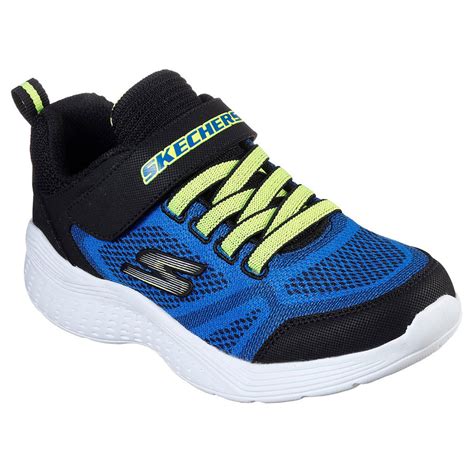5 Water Hiking Shoe Tips

When it comes to water hiking, having the right footwear can make all the difference between a enjoyable, safe experience and a miserable, potentially hazardous one. Water hiking shoes are specifically designed to handle the unique challenges of hiking in wet conditions, such as rivers, lakes, and coastal areas. Here are five tips to consider when selecting and using water hiking shoes:
1. Choose the Right Material
Water hiking shoes are typically made from quick-drying materials that can withstand constant exposure to water. Synthetic materials like polyester and nylon, or natural materials like mesh panels, are common. These materials allow for good airflow, which helps in drying the shoe quickly after it gets wet. Additionally, look for shoes with drainage systems, such as holes in the sole or midsole, that help water exit the shoe, reducing the weight and discomfort caused by waterlogged footwear.
2. Consider the Traction
Traction is crucial for water hiking, as wet and slippery surfaces can be extremely hazardous. Look for shoes with soles that have deep lugs and a specific tread pattern designed to grip wet rocks, mud, and other slippery surfaces. Some water hiking shoes also come with specialized rubber compounds that enhance grip on wet surfaces. Good traction can help prevent slips and falls, making your hiking experience safer.
3. Understand the Importance of Fit
A good fit is essential for any hiking shoe, and this is especially true for water hiking shoes. A shoe that fits well will provide better support and reduce the risk of blisters, even when wet. Since water hiking shoes are designed to drain water, they might fit slightly differently than traditional hiking boots. Make sure to try them on with the socks you plan to wear hiking, and consider the possibility that your feet might swell during long hikes.
4. Keep Them Clean and Maintain Them
After each use, especially in muddy or dirty water, clean your water hiking shoes thoroughly. Remove any debris from the drainage holes to ensure they continue to function as designed. For the upper material, use a soft brush or cloth to wipe away dirt, and avoid using harsh chemicals or abrasive cleaners that could damage the materials. Regular maintenance will extend the life of your shoes and keep them performing well.
5. Practice Using Them
Before embarking on a serious water hiking adventure, practice wearing your new shoes in less challenging conditions to get used to how they feel, both in and out of water. This will help you understand their performance, discover any potential issues like hot spots or inadequate support, and make necessary adjustments. Practicing in shallow water or on slippery surfaces can also help you get a feel for the traction and stability they provide.
Conclusion
Water hiking shoes are a vital piece of equipment for anyone who enjoys hiking in wet environments. By choosing the right material, considering traction needs, ensuring a good fit, keeping the shoes clean and well-maintained, and practicing with them, you can enhance your water hiking experience. Remember, the right footwear can significantly impact your safety and enjoyment, so investing time in selecting and preparing your water hiking shoes is well worth the effort.
What are the key features to look for in water hiking shoes?
+The key features include quick-drying materials, good traction for slippery surfaces, a comfortable and supportive fit, and a drainage system to reduce water retention. Additionally, consider the weight, breathability, and durability of the shoe.
How do I maintain my water hiking shoes after use?
+After each use, clean your shoes with a soft brush or cloth to remove dirt and debris. Pay special attention to cleaning out the drainage holes to ensure they continue to function. Avoid using harsh chemicals and let the shoes air dry away from direct sunlight.
Why is it important to practice wearing new water hiking shoes before a long hike?
+Practicing with new shoes helps you get used to how they fit and perform, both in and out of water. It allows you to identify any potential issues, such as inadequate support or uncomfortable pressure points, and make adjustments before they become serious problems during a long hike.



